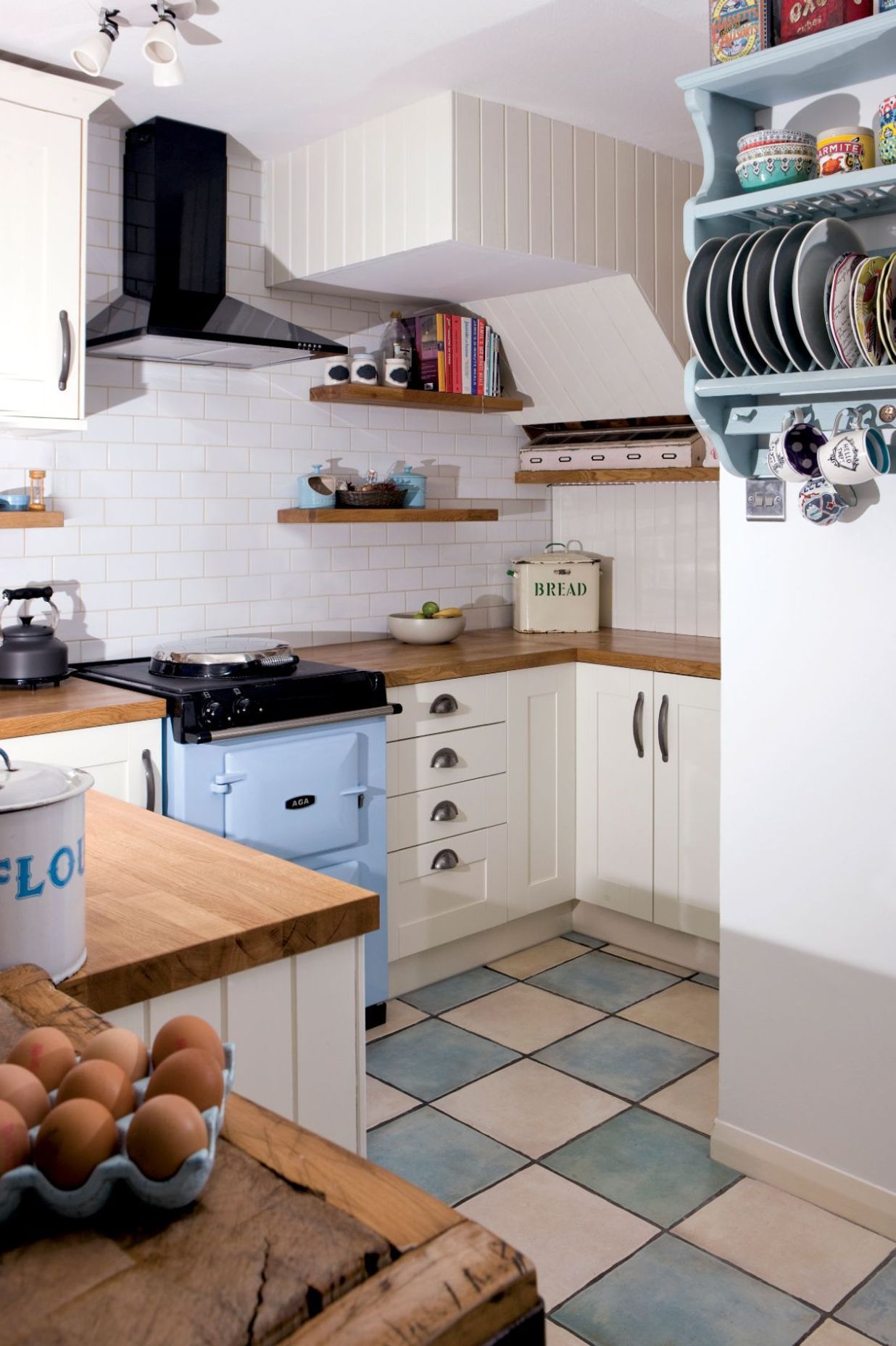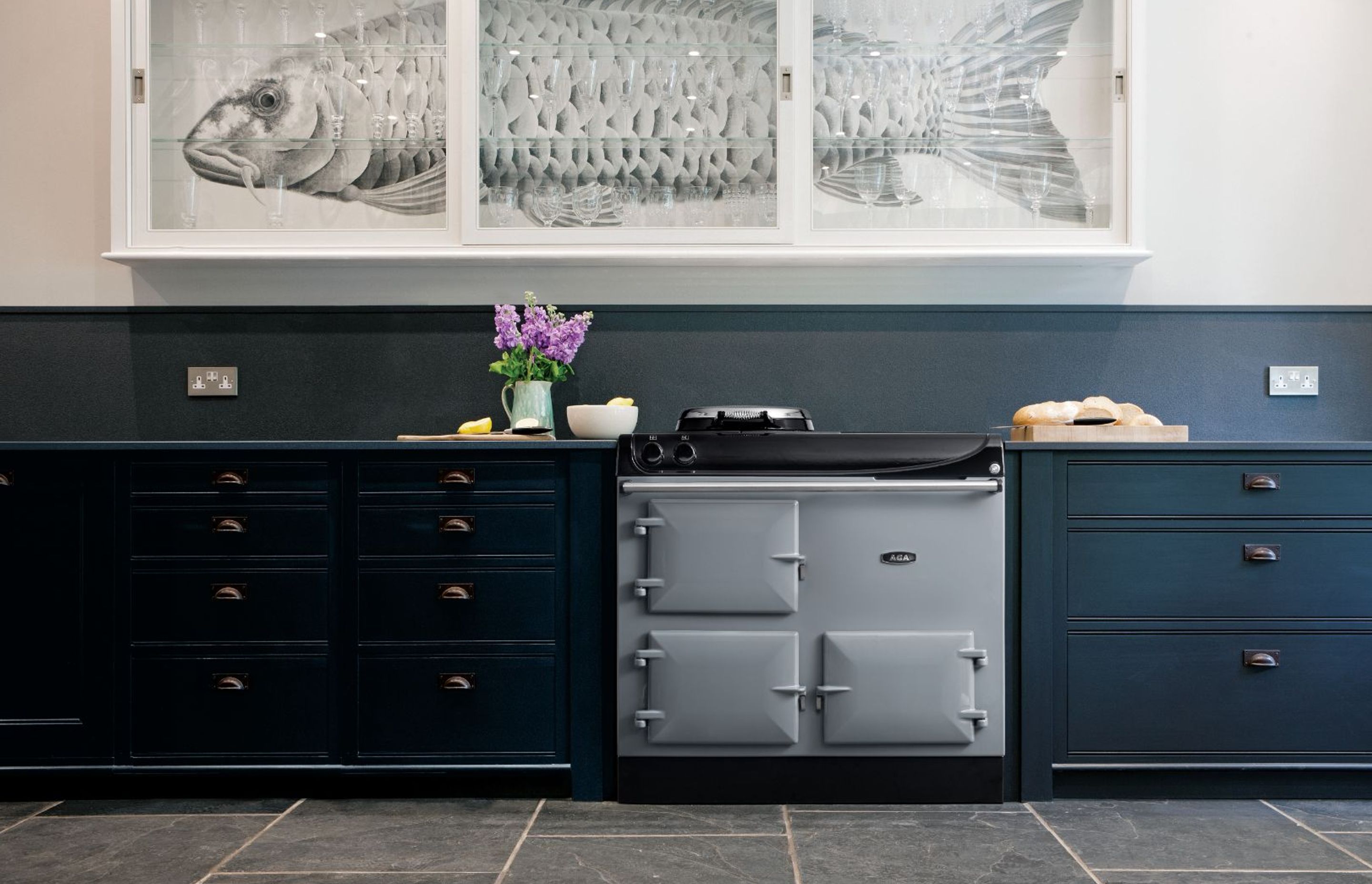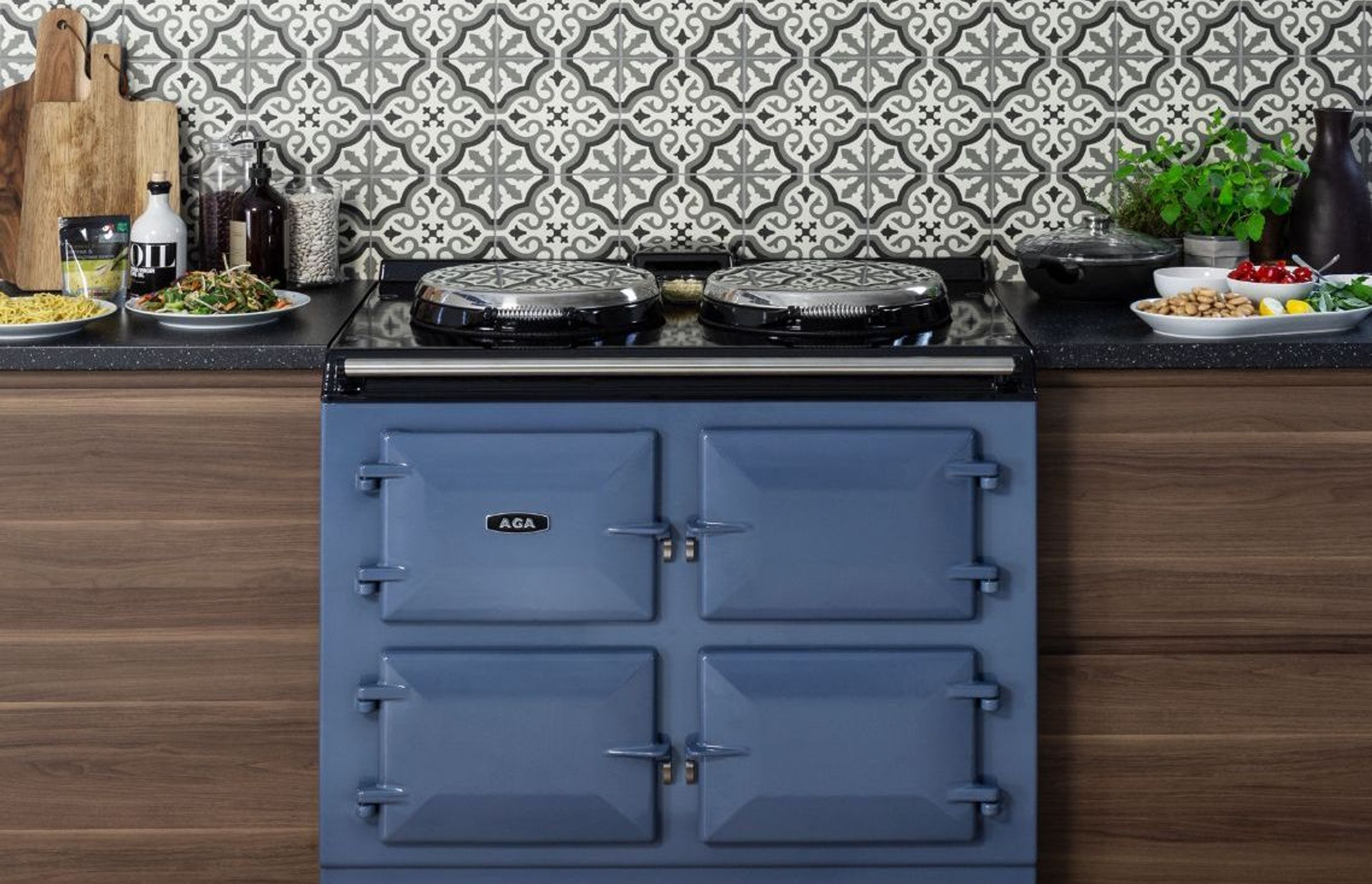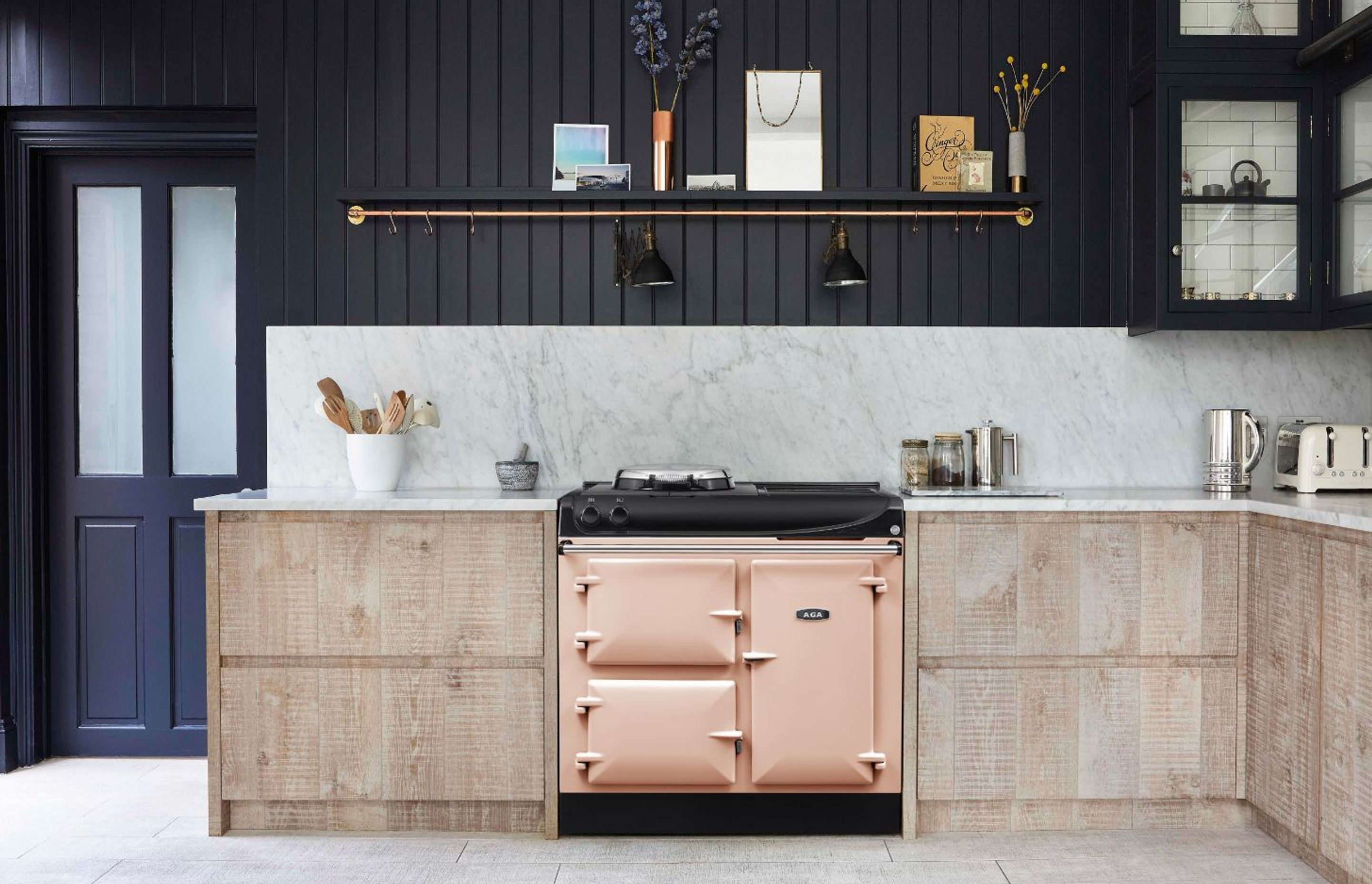Not just an oven: meet the AGA cooker
Written by
06 February 2022
•
5 min read

The key to understanding the enduring appeal of an AGA cooker lies in acknowledging that it’s not merely for cooking. Celebrating its 100th anniversary this year, the AGA cooker epitomises quintessential British style, with contemporary iterations retaining the classic cast-iron radiant heat cooking that made the appliance famous and adding conventional cooking functions and the option of electric capabilities to manage energy expenditure. Somewhat in defiance of the multitude of sleek, minimalist stainless steel appliances often found in contemporary kitchens of today, the AGA cooker with its classic coloured enamel finish can still be found in kitchens around the world, functioning as the heart of many a home. More than a mere oven, an AGA cooker serves as both a statement piece as well as a place to gather.
Invented by Nobel Prize-winning Swedish physicist Dr Gustaf Dalén in 1922, the AGA cooker was born after Dalén was blinded in a previous experiment. While convalescing at home, the physicist noticed his wife was using a dangerous and time-consuming range, and so turned his attention to creating something that would alleviate her daily struggle. Despite its Swedish roots, the AGA cooker was swiftly adopted by the British, initially being introduced in England in 1929 and manufactured within Britain until 2017.

The good salesman combines the tenacity of a bulldog with the manners of a spaniel.
Never trust a salesman in a bowler hat
During the late 1930s, British industrial designer Douglas Scott - who was best known for his work on the iconic Routemaster Bus - was enlisted to tweak the design laid out by Dalén, resulting in the New Standard AGA cooker. However, it was arguably the publication of The Theory And Practise Of Selling The AGA Cooker, written by sales executive David Ogilvy, that catapulted AGA cookers to landmark success. Following the release of the New Standard AGA, the manual was designed to guide the company’s salespeople in marketing the brand to the UK market. With sage advice like “The good salesman combines the tenacity of a bulldog with the manners of a spaniel. If you have any charm, ooze it,” and “Dress quietly and shave well. Do not wear a bowler hat,” to insider tips like “Go to the back door (most salesmen go to the front door, a manoeuvre always resented by maid and mistress alike),” the pamphlet was later deemed ‘the best sales manual ever written’ by Fortune magazine and its author went on to become known as the ‘Father of Advertising’.

Part of the family
Coinciding with the onset of the war, the multifaceted capabilities of Douglas Scott’s redesigned AGA cooker became a welcome addition to any household. During strict food rationing and at a time when conventional heating was less reliable, the AGA cooker kept families warm and fed. In addition to the obvious role of cooking food, AGA cookers also warm up the entire house, act as water heaters, toasters, rice cookers, and can even be used to dry and iron clothing. Staying on constantly, an AGA cooker became more than a household appliance, morphing into a kitchen companion for household cooks and serving as an honourary member of the family.

A style statement
The mid-1950s saw the introduction of several new shades to the AGA cooker range, with cream (previously the sole available shade) joined by pale blue, pale green, grey, and white, expanding to include red, dark blue, dark green, yellow, and black the following decade. The incorporation of increased colour options served to make the AGA cooker a veritable style statement to this day, with the fusion of heritage aesthetics with clean, elegant lines and a vitreous enamel finish cementing it as the inarguable centre of classic and contemporary kitchens alike. Today, the range comprises 16 hues, with linen, dark blue, and olivine proving popular of late.

Moving with the times
Marking a switch to more efficient fuel sources, the 1960s saw the creation of the first oil-fired AGA cooker, closely followed by a gas iteration. With sustainability and energy-efficiency front of mind for many, the past decade proved to be a time of great innovation for AGA, with the brand introducing the electric AGA Total Control; the first of the range that has the ability to be turned on and off as needed, with each oven and hot plate able to be individually controlled. Since then, several electric variants have been introduced, each retaining the heart that made AGA cookers beloved for a century while saving on energy and fuel costs. Notably, one of the more recent cookers, the AGA eR7 Series model, allows for ultimate flexibility, with the option to have all ovens on to create a cosy warmth in the kitchen, or for each heat zone to be controlled independently of the rest of the cooker. The baking and roasting ovens can be further optimised by choosing the desired level of heat on the touch screen panel. For increased versatility, induction and gas hobs can be added to the main cooker.

One for the intuitive foodies
Shunning the scientific, almost clinical nature cooking has taken on over the past decade or so, AGA cookers are not made for the intricate emulsifications and vaporisations of molecular gastronomy. Speaking to the intuitive cooks among us, the cast-iron radiant heat cooking lends itself to classic homecooked meals, from roasts and stews to tarts, cakes, and crusty bread. And, as part of the family, every meal made with an AGA is like cooking with a friend.

To learn more about AGA Australia and view their full range of cookers, visit their ArchiPro profile here.
Words by Tanisha Angel